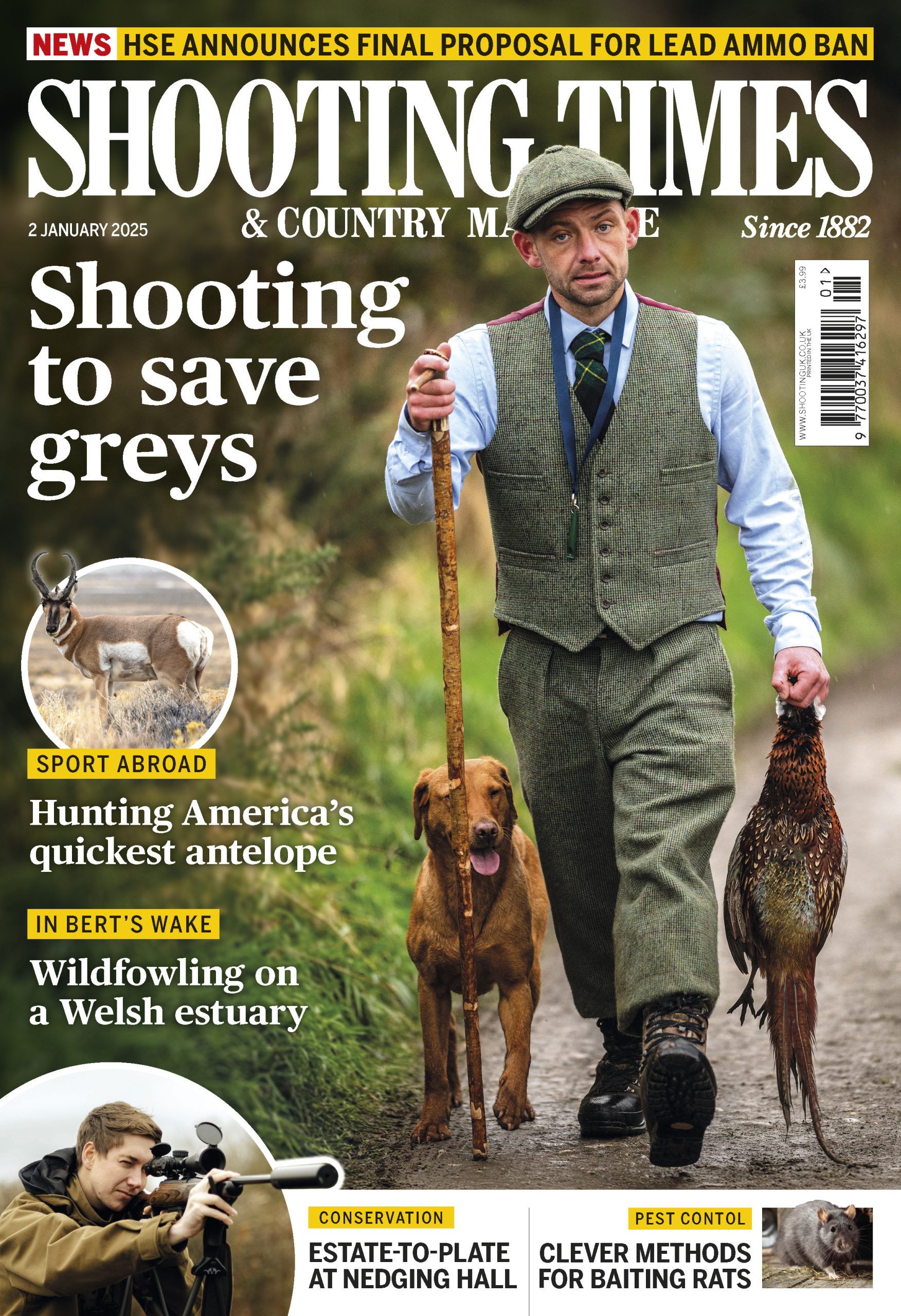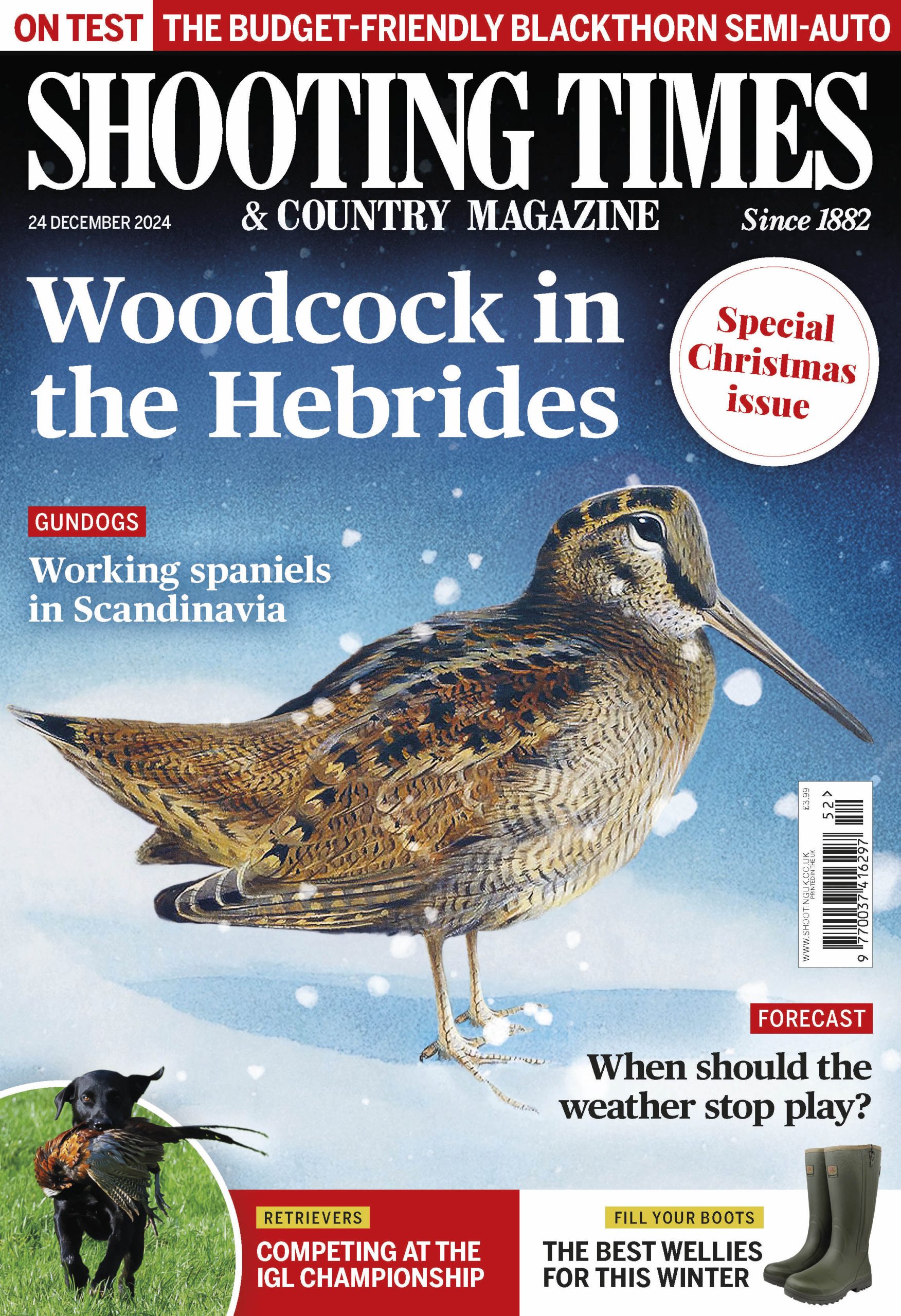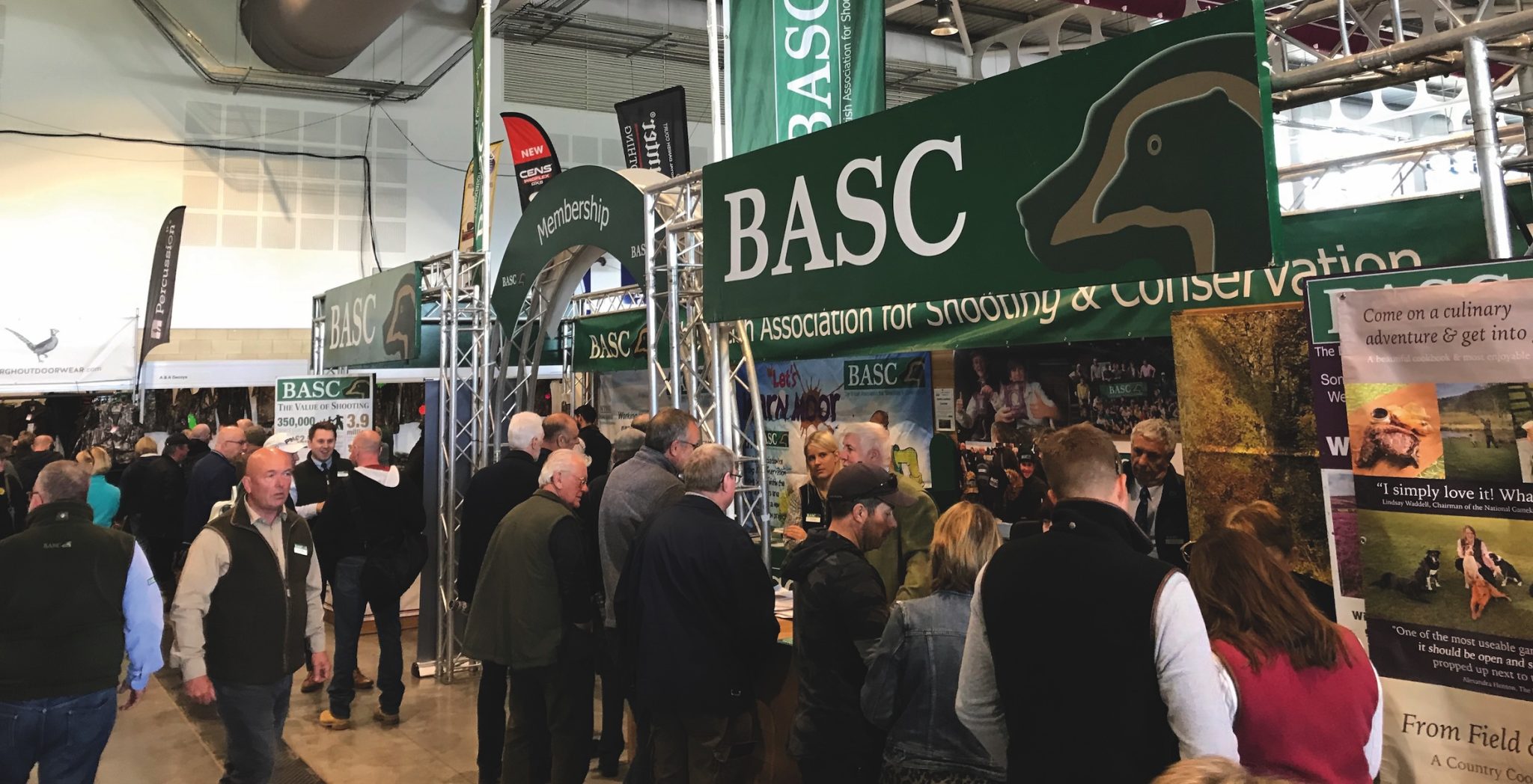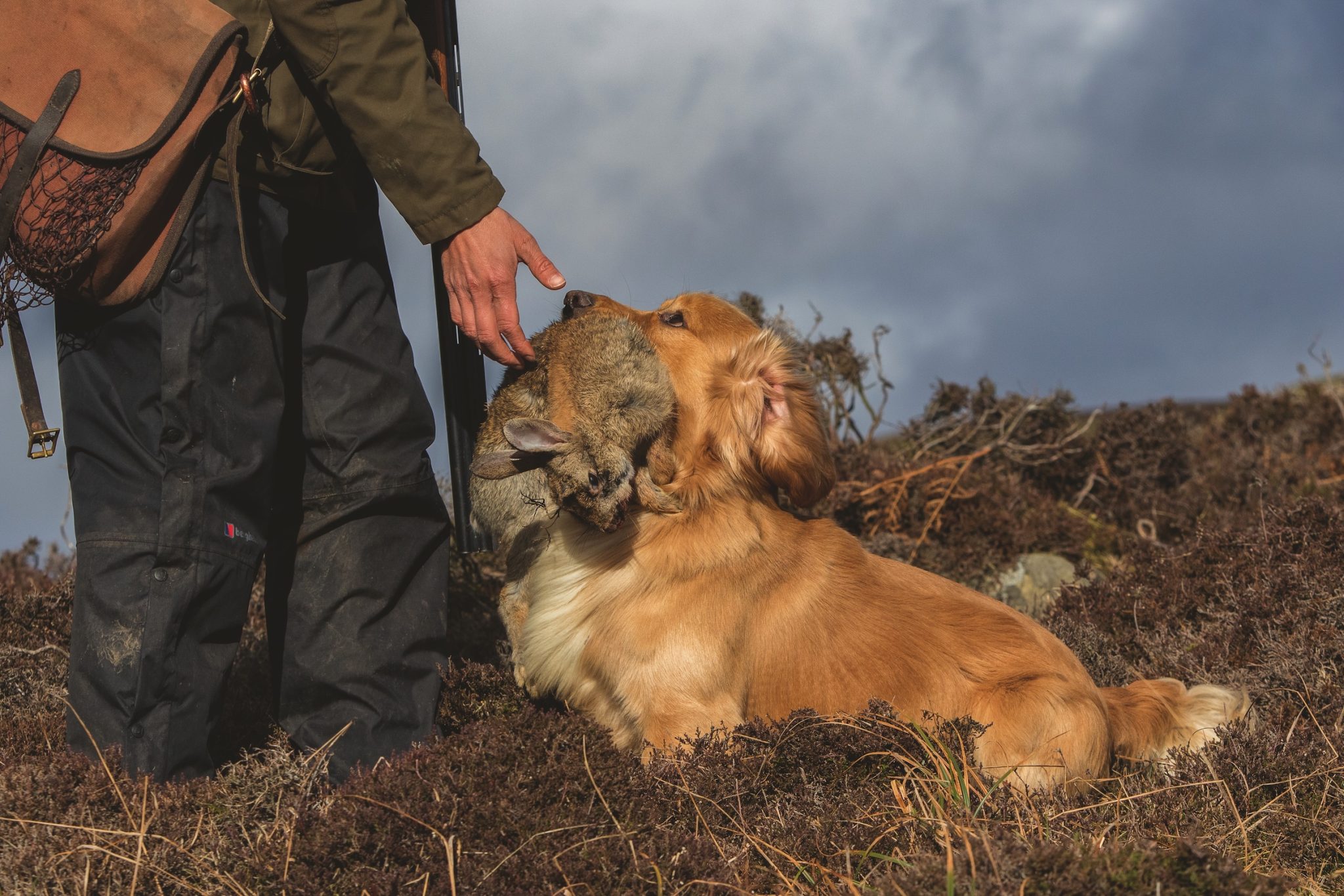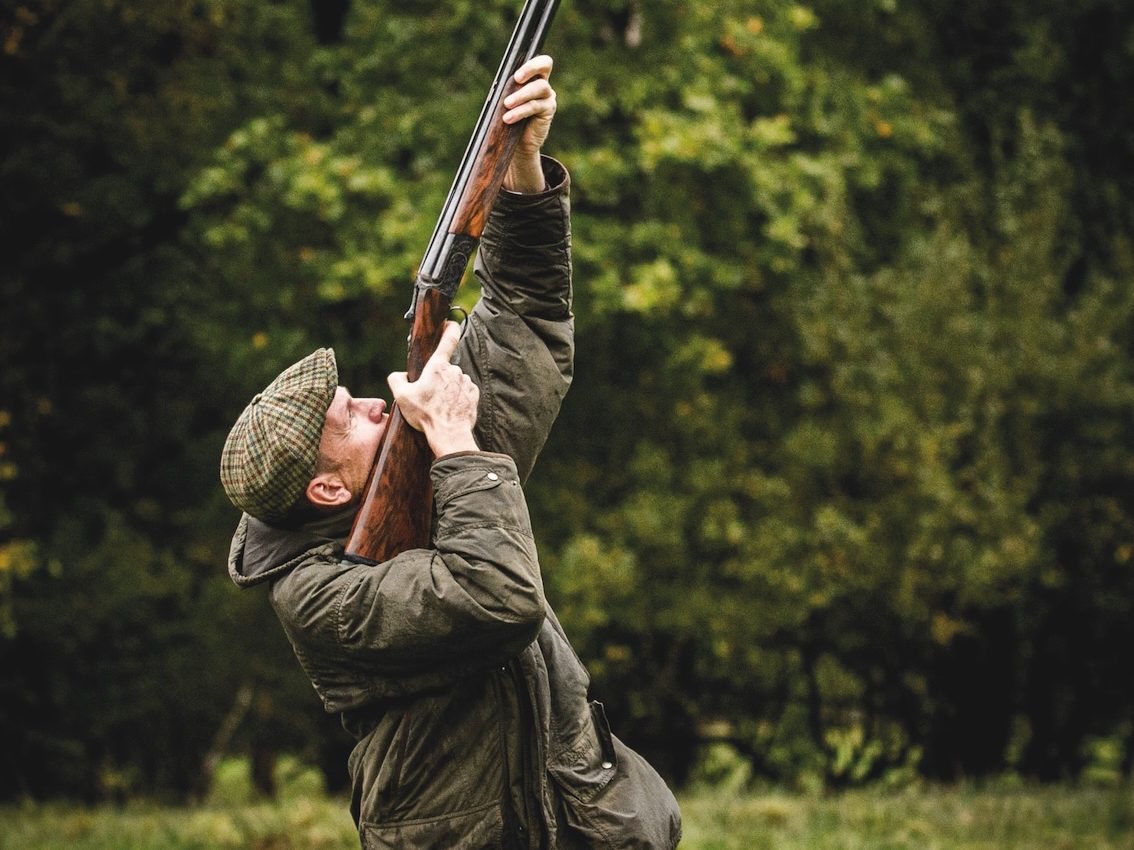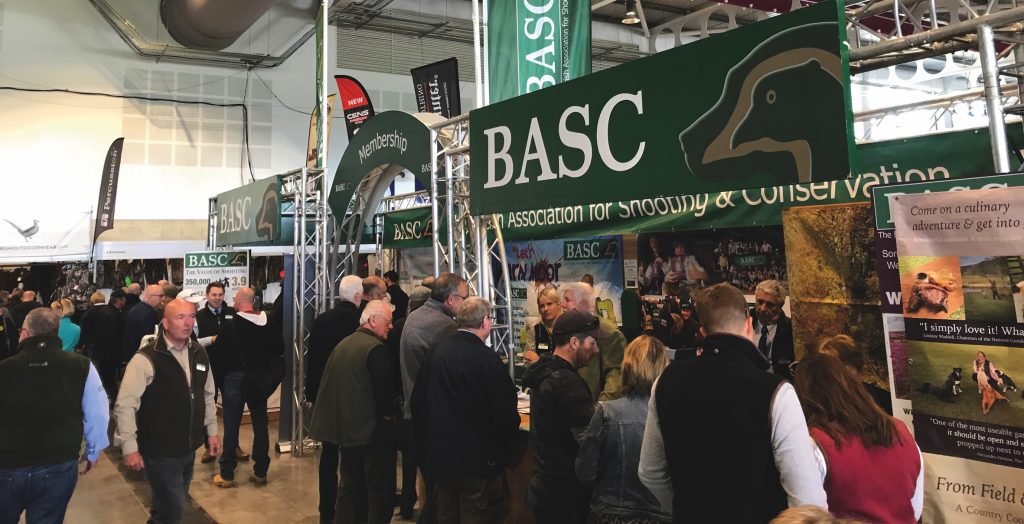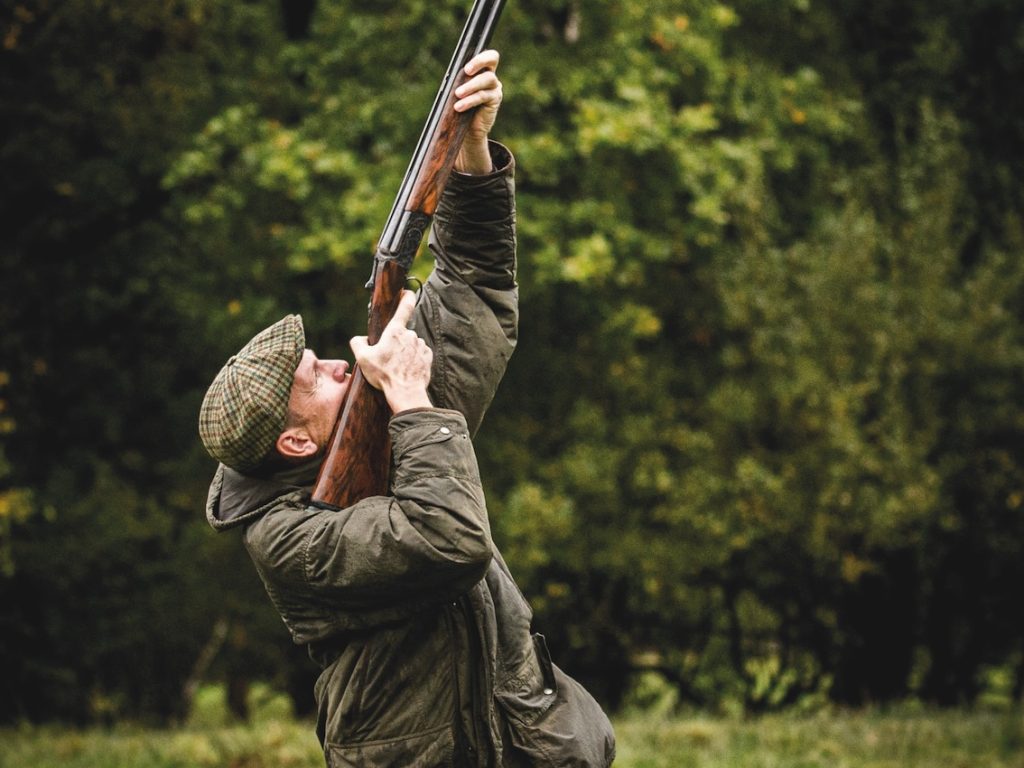Win CENS ProFlex DX5 earplugs worth £1,149 – enter here
Redshank thrive as other waders struggle
Nine out of 11 monitored nests successfully hatched chicks in the Avon Valley this season, contrasting with poor wader breeding success across the UK
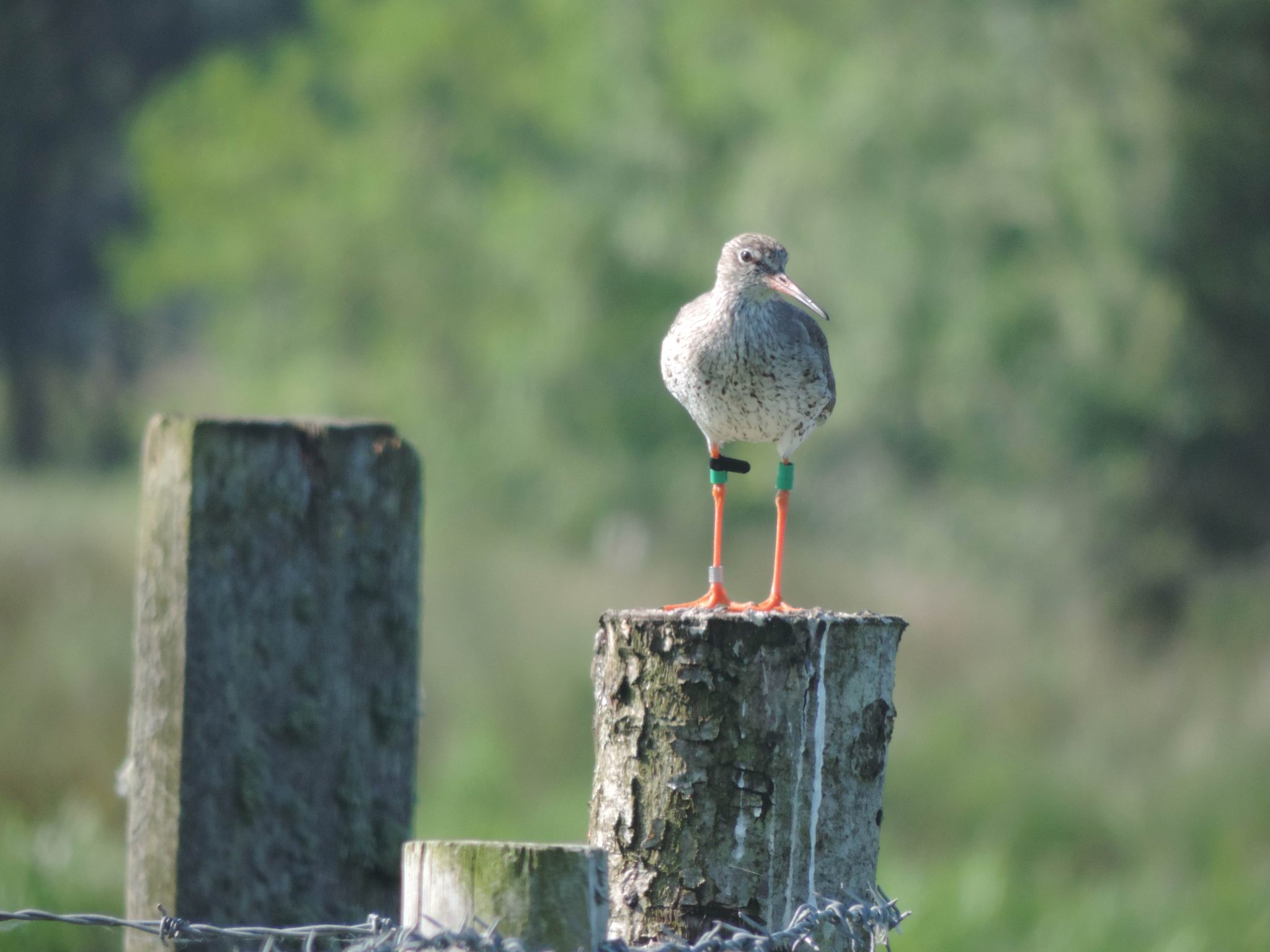 Redshank on post by Lizzie Grayshon, GWCT
Redshank on post by Lizzie Grayshon, GWCT
Redshank success contrasts national decline
While lapwing and curlew have struggled through a difficult breeding season, redshanks continues to buck the trend in Hampshire’s Avon Valley, where a decade of conservation work is showing lasting results.
Nine out of 11 monitored nests successfully hatched chicks this season across two key sites – a notable success given that 2025 has been challenging for ground-nesting waders generally.
Lapwing chick survival has been particularly poor, likely due to weather, food availability and predation pressure, according to the GWCT.
A growing stronghold for the species
The valley now supports 35 breeding pairs of redshanks, up from 20 a decade ago, making it a stronghold for a species that has declined nationally by 42% over the past 25 years. By contrast, the New Forest recorded just seven breeding pairs in 2019.
“It’s easy to see the increase in redshank on the water meadows I help manage,” said Rupert Brewer, game and wildlife manager at Bisterne Estate. “There is one field where they are everywhere in May when the chicks are hatching – the noise is deafening.”
Conservation collaboration pays off
The recovery follows years of practical conservation combining habitat improvements with predator exclusion and management. The LIFE Waders for Real project, which ran from 2015 to 2019, achieved a 75% increase in redshank numbers through targeted work by the GWCT and local wildlife managers.
That momentum has been maintained by the Lower Avon Valley Farmer Cluster, established in 2020. Sixteen farmers work with landowners and keepers across 5,819 hectares spanning Hampshire, Dorset and Wiltshire, where redshank is a priority species under Countryside Stewardship.
Tracking movement and breeding behaviour
Since 2021, the GWCT has fitted redshank with GPS tags and colour rings to track their movements and breeding patterns. The data shows some birds remain loyal to the valley whilst others disperse: one chick hatched four years ago now breeds at Keyhaven, another at the North Solent National Nature Reserve by the Beaulieu River.
“Understanding what sites they chose and how far they travel, as well as seeing established pairs return to the Avon Valley and observing where they chose to breed, enables us to plan what conservation measures we can help farmers in the cluster with,” said Lizzie Grayshon, wetlands ecologist with the GWCT.
A model for wetland conservation
The amber-listed wader, recognisable by its distinctive red legs, nests mainly in lowland wet grassland, habitat that has become increasingly fragmented across the UK due to changing agricultural practices.
The Avon Valley’s water meadows, managed with conservation in mind, show what can be achieved when research informs practical action on the ground.
Have a news story to share?
Contact our group news editor Hollis Butler at hollis.butler@twsgroup.com. We aim to respond to all genuine news tips and respect source confidentiality.
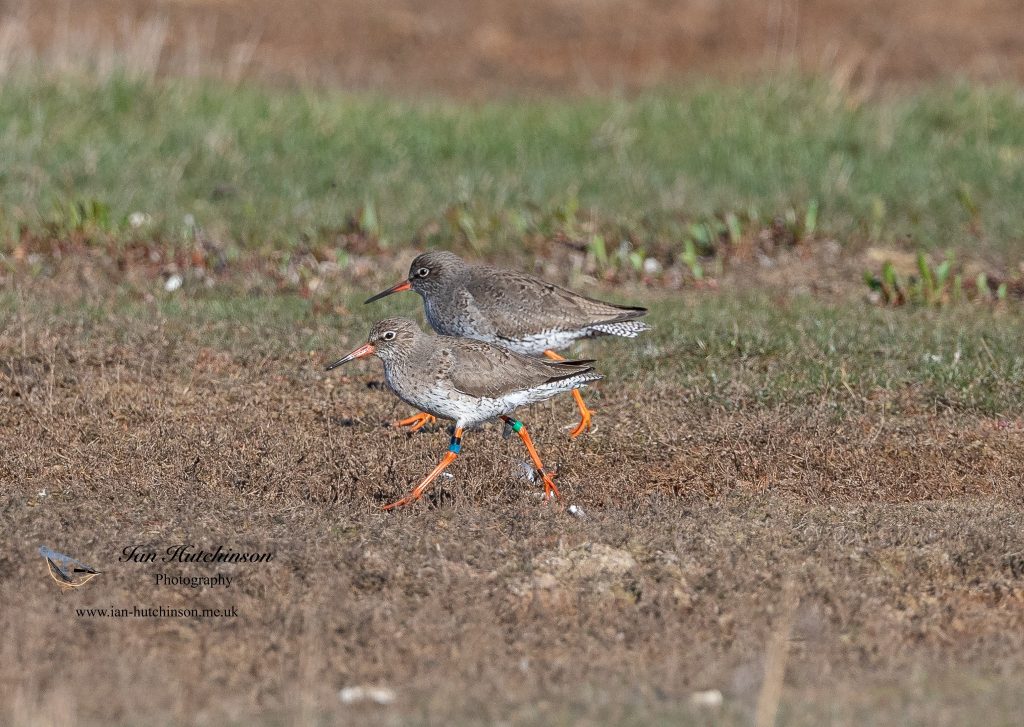
Related Articles
Get the latest news delivered direct to your door
Subscribe to Shooting Times & Country
Discover the ultimate companion for field sports enthusiasts with Shooting Times & Country Magazine, the UK’s leading weekly publication that has been at the forefront of shooting culture since 1882. Subscribers gain access to expert tips, comprehensive gear reviews, seasonal advice and a vibrant community of like-minded shooters.
Save on shop price when you subscribe with weekly issues featuring in-depth articles on gundog training, exclusive member offers and access to the digital back issue library. A Shooting Times & Country subscription is more than a magazine, don’t just read about the countryside; immerse yourself in its most authoritative and engaging publication.
